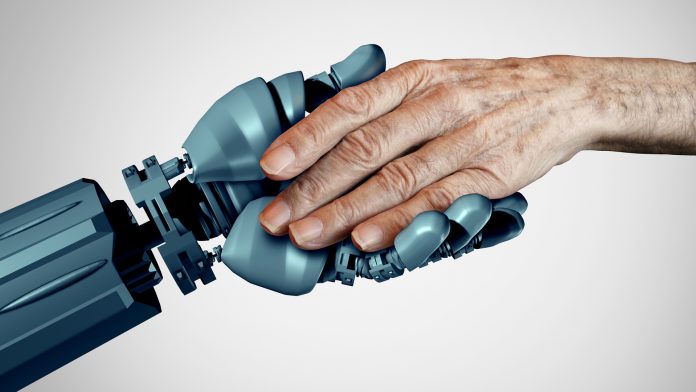Guest contributor Ali Dockerty explores the growing popularity of ageing at home and the ways in which smart technology can help.
The cost of nursing homes is rising. A semi-private room in a nursing home can cost up to £5,500 (€6,500) per month, whilst assisted living costs roughly half of that. Between high costs and the desire to remain self-sufficient for as long as possible, more than 90% of seniors over the age of 65 want to age at home. According to studies conducted by the Joint Center for Housing Studies of Harvard, by 2035, the number of those 75 and older living alone in the USA will reach 13.4 million. Increasingly available smart technology and home automation are making ageing in place more attainable than ever.
Elderly care: supply and demand
The gap between the number of available caregivers in the world and our ageing population is an ever-increasing one. It’s estimated that by the year 2025, there will be a shortage of approximately one million caregivers in Japan, where 20% of the population is 65 and older. The US, facing a similar future, is expected to have a senior population of roughly 26% by 2050. One in seven Brits is expected to be over 75 by the year 2040. These projections, in conjunction with the growing financial burden of the nursing home industry and our desire to age at home, demonstrate the necessity to find more efficient ways to care for our elderly.
What are we currently working with?
The risks associated with ageing in place are abundant. The National Council on Ageing (NCOA) reports falls as the single leading cause of fatal injuries in the elderly and the most common reason for emergency room visits. In addition, kitchen related incidents are among the most common reasons older adults wind up requiring emergency care. Current technology provides us with many helpful home automation features, such as stove monitors and shut-off devices, and sensor-enabled interior lighting to reduce trip and fall accidents.
Smart pill boxes can provide visual or audible reminders to take medications when they’re needed. And of course, there are the tried-and-true medical alert devices, which eliminate the need to get to a phone in the event of a fall or other emergency. These personal assistive technologies are hugely beneficial; however, there are many who wish to age at home who could use help with the more physical aspects of daily life.
So what are we going to do?
There’s no simple solution to the care crisis. Robots designed specifically for personal care assistance, which can help with daily life activities, such as going to the bathroom, feeding or cleaning yourself, sound like something out of a sci-fi movie; but they’re a reality. Shin-tomi nursing home, in Tokyo, easily the most high-tech in the world, has at least 20 different types of ‘carebots’ that help residents with their care on a daily basis. From cute robotic animals designed to provide comfort and alleviate loneliness to humanoid bots that can carry out conversations, Shin-tomi is an effective demonstration of Japan’s vision for the future of elderly care.
The future of ageing at home
Companies like Samsung and Intuition Robotics have designed carebots that can make and receive video calls, monitor vitals, help with exercise and give daily health summaries; they can even give medication reminders. The Panasonic Resyone bot was the first to meet the official ISO standards for service robots; and has the ability to transform from a bed to an electric wheelchair, reducing the need for multiple caregivers in the home.
Naturally, technology isn’t the only solution to the growing caregiver shortage in our ageing world. It seems likely, though, that with the global senior population more than doubling by 2050, we’ll see more and more nursing homes that begin to resemble Shin-tomi. However, hopefully, with carebots helping us to prolong our independence at home, we won’t be moving into them for quite some time.







